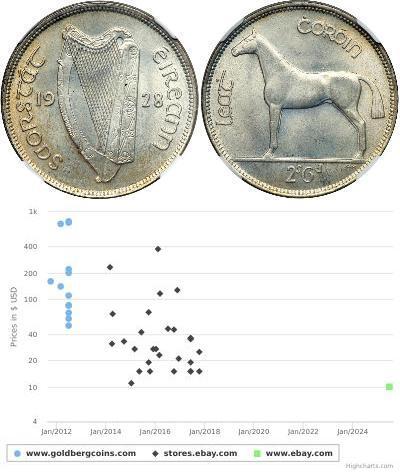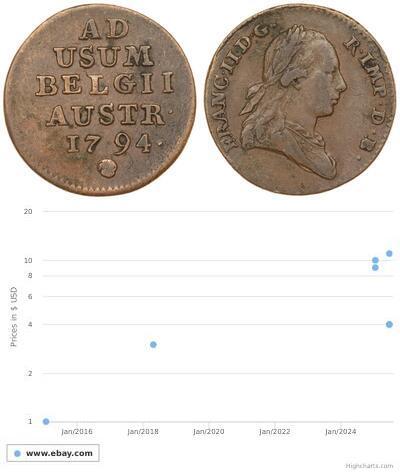United States Mint during George Washington presidency
During George Washington's presidency (1789-1797), the United States Mint began producing coins for circulation. The Coinage Act of 1792 established the U.S. Mint and authorized the production of various denominations of coins. Here are the main types of currency in circulation during George Washington's presidency:
Copper Coins: The United States Mint produced copper coins, including large cents and half cents. These coins were used for everyday transactions and featured designs reflecting the young nation's identity. The obverse (front) of the large cent typically featured Liberty's head or an image of a flowing hair. The reverse (back) often depicted a wreath or other symbolic imagery. The half cent had similar designs but was smaller in size and denomination.
Silver Coins: Silver coins, including the silver dollar, half dollar, quarter dollar, dime, and half dime, were also produced by the U.S. Mint. These coins were used for larger transactions and were minted in varying denominations. The designs of these coins often featured symbols of American liberty, such as eagles and Lady Liberty.
Gold Coins: Gold coins, including the eagle, half eagle, and quarter eagle, were minted for larger transactions and international trade. These coins featured designs representing American ideals and values, such as freedom and prosperity.
Foreign Coins: In addition to U.S. coins, foreign coins were also in circulation in the United States during Washington's presidency. Spanish silver dollars, known as "pieces of eight," were particularly common and widely accepted as currency in the young nation.
It's important to note that during this period, the availability and use of paper money were limited. Most transactions were conducted using coins, and paper currency was issued primarily by individual states or banks rather than the federal government.
Overall, the currency circulating during George Washington's presidency reflected the early stages of the United States' monetary system and the nation's transition from colonial currency to a unified national currency system under the newly established federal government.
2025-06-14
- Historical Coin Prices
2025-05-25
- Historical Coin Prices




